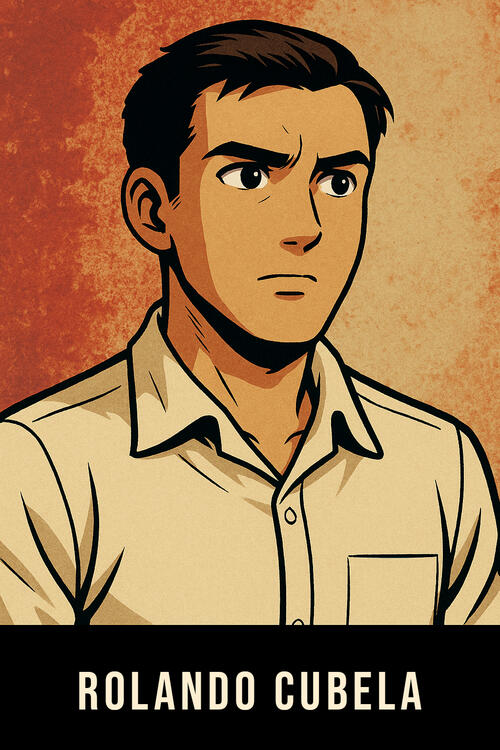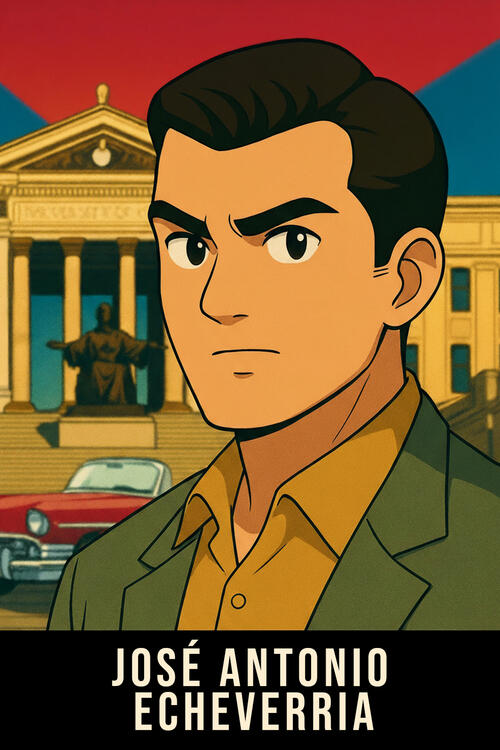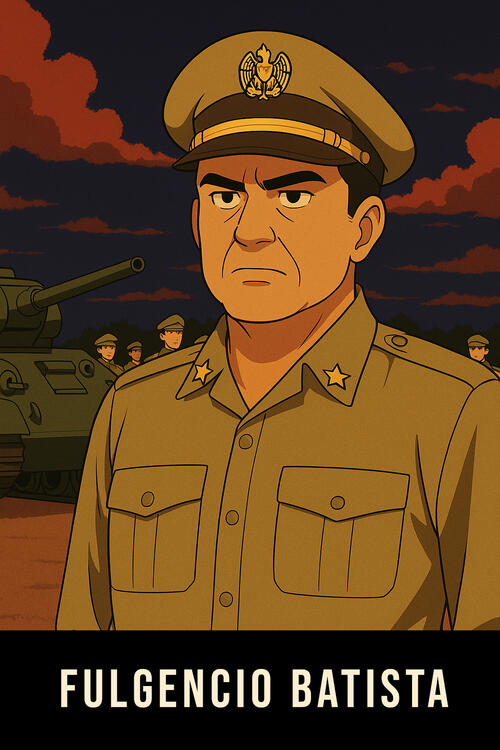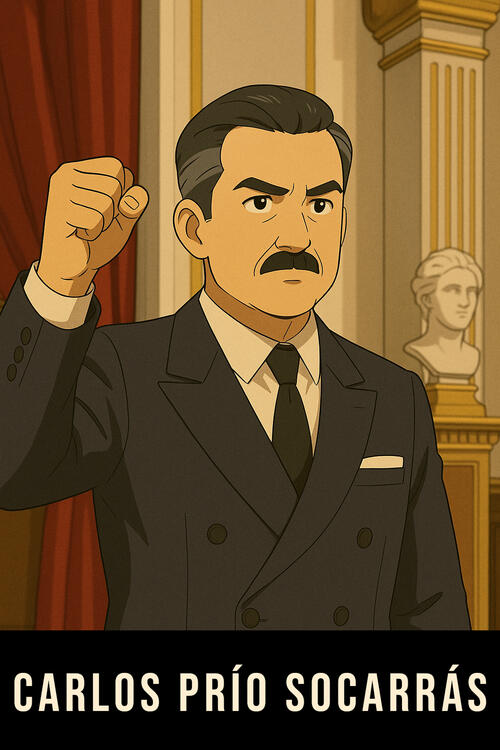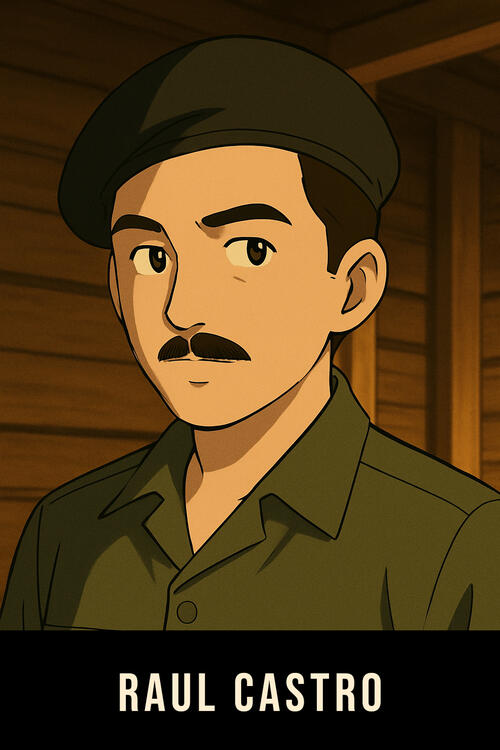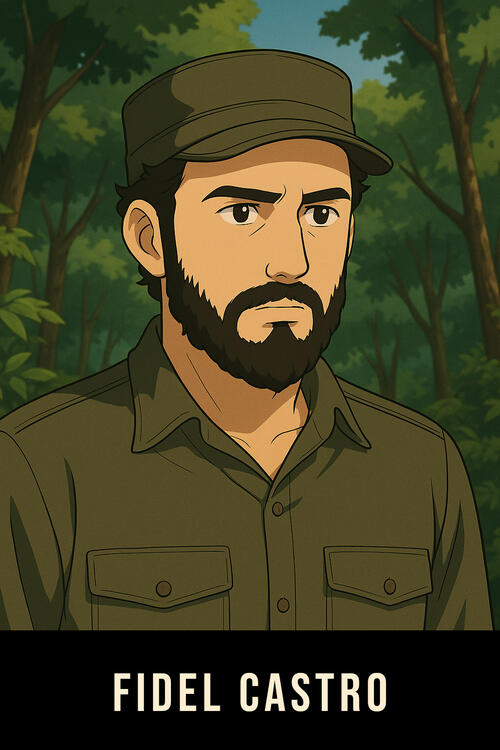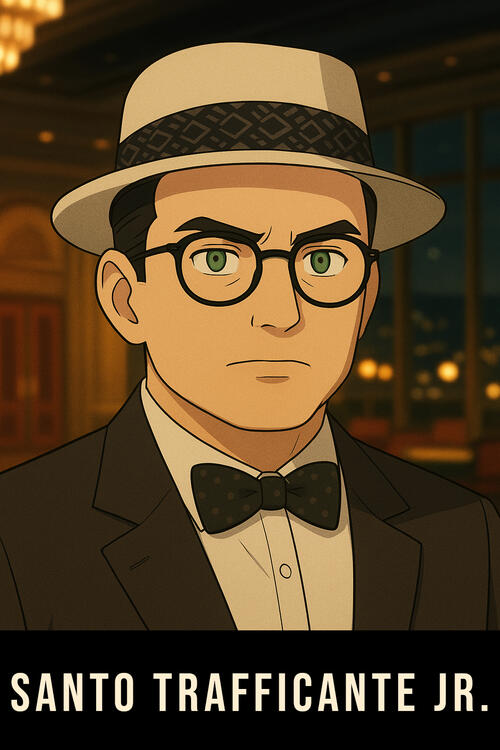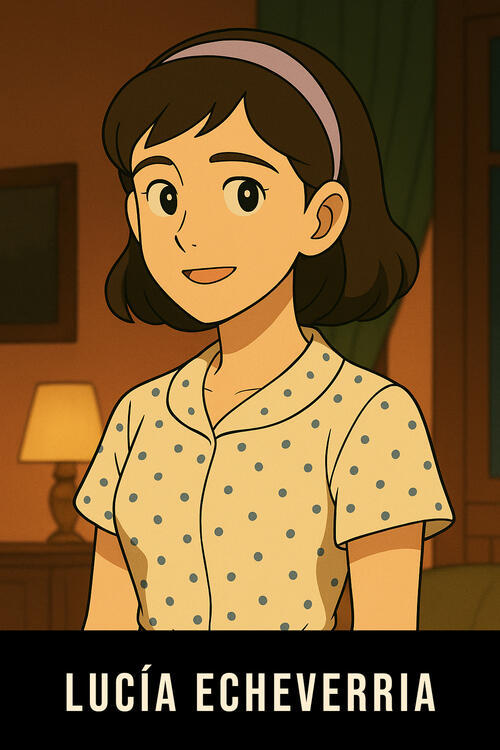Original Concept Trailers
English
Español
Original Concept Intro
Podcast Interview
Ai Version
As an experiment, while I was first putting together the initial drafts of the novel, I utilized ChatGPT (I believe 3.5 at the time), to assist with one of the drawings, and the rest was history. I utilized a combination of photoshop, ChatGPT, and Leonardo.ai, with a sprinkle of MidJourney to create this version of the story. My hope is that others will also utilize the base drawings for their own versions, as long as there is just compensation for any monetization of those versions. That said, since it is not a pure Ai construct, it is still a derivative work of my own original drawings version, and thus still protected by copyright law in the US and worldwide. Please enjoy and if you are interested in purchasing the Ai version, I'll have one available as soon as it's complete (still working on it as of 12/23/2024). Enjoy!
What is Cubela Libre?
Cubela Libre is the story of a man in the middle of some of the most consequential events of the 20th century and one of the few who lived into his old age. We're creating this as a graphic novel, as well as a vertical video episodic show. We hope to make a live action version as a combination of a television series and multiple movies that take place during the most crucial events of the 1950s and 60s.
Graphic Novels
Vertical Series
This series is dedicated to my parents and grand parents, who sacrificed everything to give my family a better life. The events in this series directly affected my family, my home city, and the entire world. But this story is one of millions by the Cuban people about the lead up to the Revolution of 1959 and the aftermath, both inside and outside of the island, and my hope is that by learning about our shared history, our two communities can come together and finally heal. ¡Cuba Libre!- Adrian Enrique Alvarez, Esq.
Carta De Mexico
A wary alliance between Castro's July 26th Movement (M26) and Echeverria's Revolutionary Directorate (DR), signaling that the two most powerful revolutionary forces in Cuba were uniting against Batista. Echeverria referred to it as making a deal with the devil on multiple occasions.
Reprinted from Blogger
1956: Carta de Mexico (Pacto de Mexico)
Cuba History Timeline Events
August 29, 1956
On August 28, FEU President José Antonio Echeverría and another student leader, René Anillo, meet in Mexico with Fidel Castro to form an alliance joining the Directorio Revolucionario (DR, Revolutionary Directorate) and Castro's 26th of July Movement (M-26-7) in a united revolutionary resistance to Batista. They finalize the pact in the early hours of August 29, and agree to publicly announce it on September 1, giving Anillo time to return to Cuba and Echeverría time to travel to a student congress in Sri Lanka. UPI accepted it on the 29th for publication on September 1, when it put it on its newswire.The pact document, titled Letter from Mexico (Carta de Mexico) affirmed that M-26-7 and the FEU’s DR had joined forces to overthrow the Batista regime through revolutionary force and called on all students, workers, and “worthy Cubans” to join an armed struggle which would end only by victory or death. The document also called for upon victory embracing programs of social justice, liberty and democracy and the avoidance hate and vindictiveness towards anyone.One of the points in the letter was naming Coronel Barquín, Major Borbonet, and other court-martialed military officers as the leaders of the armed forces upon revolutionary victory.DR leaders and their followers, perhaps carried away by untempered youthful passions, fell into the trap (with many others in Batista’s opposition) of adopting “the end justifies the means” as their working principle and on that basis choosing violent means over political compromise and negotiation to remove Batista. In a 2007 interview1 Echeverría’s sister Lucy described her shock and dismay that Echevarria had entered into an agreement with Castro:"My brother knew Castro was a disreputable loser that couldn’t even get elected to minor student government office. When he returned from Mexico I asked him ‘What have you done, my brother?’ He replied that he’d made deals with God and now now he’d made a deal with the Devil, but that I shouldn’t worry because when the student revolutionary movement triumphed it would be the time to bring Fidel Castro down from the hills with gunfire.”René Anillo proved to be a crypto-Communist, he came out of the Communist closet shortly after Castro’s triumph. Anillo worked with Ché Guevara in 1959 and quickly rose through official ranks to become a Provincial Secretary of the Communist Party. At Castro’s Tricontinental Solidarity Conference (a premier international gathering of terrorist and violent revolutionary movements) Anillo, along with Patrice Lumumba, was granted the honor of receiving Cuba’s Solidarity Order. That award cited his ties “to OSPAAAL’s work during its first decades and made valuable contributions to the anti-imperialist causes of Africa, Asia and Latin America.”
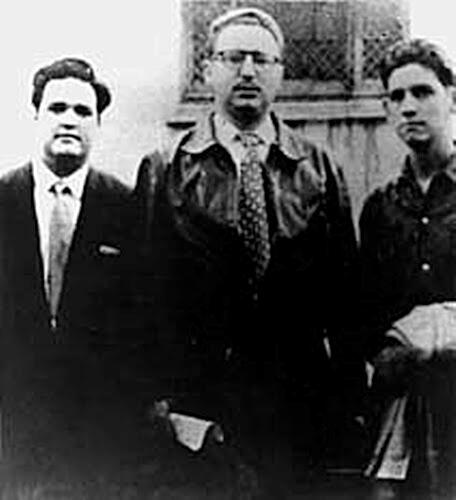
Echeverria-Castro-Anillo Mexico 1956Fidel Castro [CENTER] with FEU/DR Student Leaders
José A Echeverría [L] and René Anillo Capote [R]
México, 29-Aug 1956.(photo: Liborio Noval)
Based on Manuel Márquez-Sterling's Cuba 1952-1959 and
Cuba 1952-1959 Interactive Timeline___
1 The Spanish-language interview was published as “El Dia Que Cuba Perdio El Futuro” ("The Day Cuba’s Future Was Lost”) by Wilfredo Cancio Isla, El Nuevo Herald (Miami), March 11, 2007.Posted by RR Arandaat 5/13/2009
The Death of Blanco-Rico
It was a shocking assassination and arguably the boldest action by the rebelion against Batista up to that point. Although supposedly working together with the DRE, Castro publicly denounced the assassination to give himself a moral highground to appear better in the press (and undermine the DRE for later). As for Cubela, the death and smiling stare allegedly affected him for many years and he was tormented by the thought that he was an assassin and had killed a good man.

Rolando Cubela – A Cuban medical student who becomes a revolutionary leader. Torn between his career as a doctor and his loyalty to José Antonio Echeverría, he represents both personal sacrifice and youthful idealism.

José Antonio Echeverría – Charismatic president of the University of Havana Student Federation (FEU) and Cubela’s closest friend. He is passionate, anti-communist, and unafraid to defy both Batista and Fidel.

Fulgencio Batista – Army general who seizes power in the March 10, 1952 coup. He becomes the face of dictatorship and corruption that Cubela and the student rebels dedicate themselves to overthrowing.

Carlos Prío Socarrás – Cuba’s last elected president, depicted as embattled but sympathetic. His fall and exile provide the backdrop for Batista’s rise and the collapse of constitutional democracy.

Raul Castro – Fidel’s younger brother and a student at the University of Havana in 1952. Though only briefly present, his role foreshadows his future as Fidel’s most trusted ally.

Fidel Castro - Ambitious young politician running for Congress in 1952 under the Ortodoxo Party. Spurned by José and Rolando, he is portrayed as a driven outsider whose revolutionary path diverges sharply from theirs.

Santo Trafficante Jr. - Tampa-born mobster who inherits his father’s Havana empire. He embodies the link between Batista’s Cuba, U.S. mafia interests, and the corruption that fueled revolutionary anger.

Lucía Echeverría – José’s younger sister, spirited and affectionate. She shares a quiet bond with Rolando, symbolizing family and the personal stakes behind the revolution.
| Other Characters | |||
|---|---|---|---|
| John F. Kennedy | Jacqueline “Jackie” Bouvier | Marilyn Monroe | Meyer Lansky |
| Frank Fiorini / Frank Sturgis | “Superman of Cuba” | Antonio Blanco Rico | Juan Pedro Carbó Serviá |
| Rafael Salas Cañizares | Col. Orlando Piedra | Carlos Hevia | Frank Pais |
| Henry Cabot Lodge Jr. | Frank Waldrop | Concepción Bianchi | José Alemán Jr. |
| Dwight Eisenhower | Allen Dulles | E. Howard Hunt | J. Edgar Hoover |
Cubela CIA Derogatory Information
Cubela – Weaknesses (And Derogatory Information)
CIA JFK Assasination Declassified Files
This document, written in 1963 about a month prior to the assassination of JFK, goes over Rolando Cubela's background, his actions during the lead up to the revolution, his role after, and his defection to the CIA. It's also the first document that lead the author, Adrian Alvarez, down the rabbit hole of the story of this man after searching on google for the phrase:
"Raul Castro Homosexual"
Cubela Libre - Issue 1 Locations
Echeverria Home, Cardenas Cuba (now known as "Museo Casa Natal de José Antonio Echeverría" - Map, TripAdvisor
Presidential Palace, Havana Cuba (now known as "El Museo de la Revolución") - Map, TripAdvisor


















